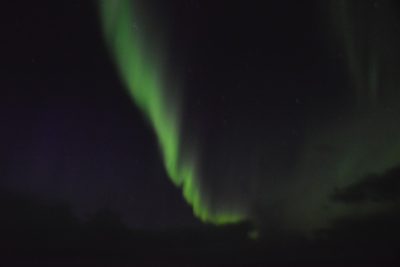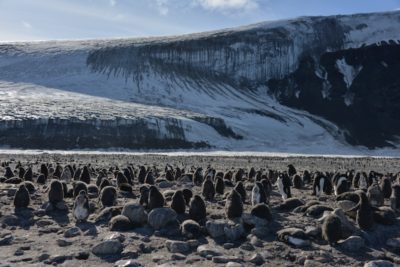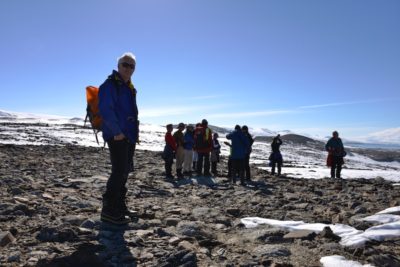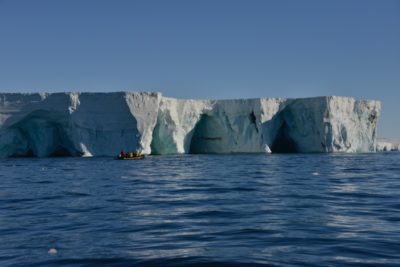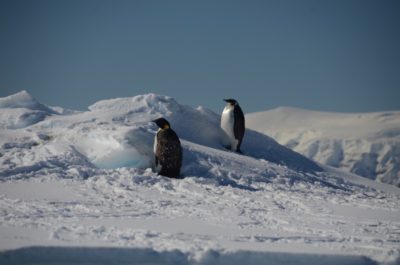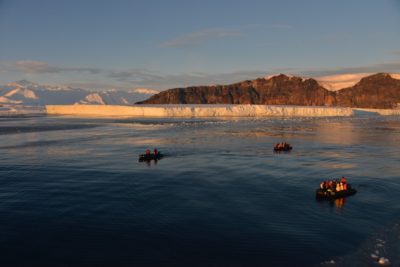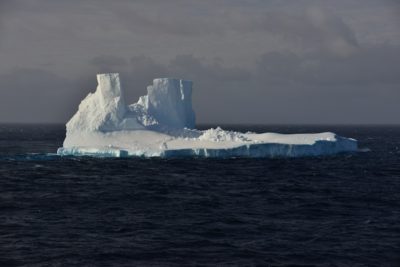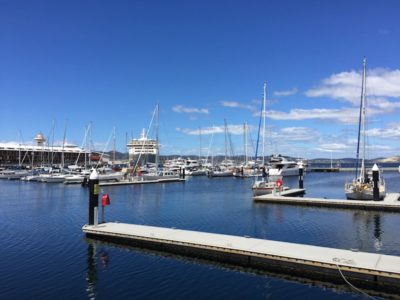
Shortly before 18:00 on January 15, The World sailed out of Hobart. First up was a brief pitstop at Port Arthur. A few days before, when the ship sailed down to Hobart, one of her 2 anchors literally got stuck on the seabed so badly that the chain actually broke. A tug boat had in the meantime managed to locate the anchor, so our captain went back to pick up and re-attach the second anchor. Probably a good idea given where we were headed.
After that little operation, at about 00:30am that night, Captain Dag turned the ship due South and our epic voyage towards The Ross Sea could commence. We had been told to put all breakables in the apartments safely on the ground and to secure anything that could fall, break, dislodge, shift,… in a safe place. Earlier in the day the crew had tied down all the deck furniture in preparation for the voyage.
We were after all at the start of a 4-5 day crossing of the Southern Ocean, known for its rough seas. And we felt it! The whole night the ship was rolling and pitching rather dramatically all night. We ended up duct taping the bathroom cupboard because it kept opening and banging. I’d taken a dose of ‘magic’ pills supplied by the ship and weathered the movement relatively well.

Monday, January 16th, 2017 (day 1 at sea)
The next day was spent at sea, and the rolling and pitching continued. The pills still did their magic.
That morning we had the Expedition Welcome Briefing, giving us an overview of what could be expected, all weather dependent naturally. For the voyage towards the Ross Sea Ice Pack the ship is sailing between 2 low pressure systems, making for relative smooth sailing with waves of about 4-6m. This day also marked the start of the lecture program. These lectures are given by members of the expedition team on all things relating to our trip: history of the first explorers, geology, geography, wildlife, politics,…., and really help to understand and appreciate this part of the world. The whole day majestic Albatross could be seen circling around.
We ended the day with the Expedition Welcome Cocktail.
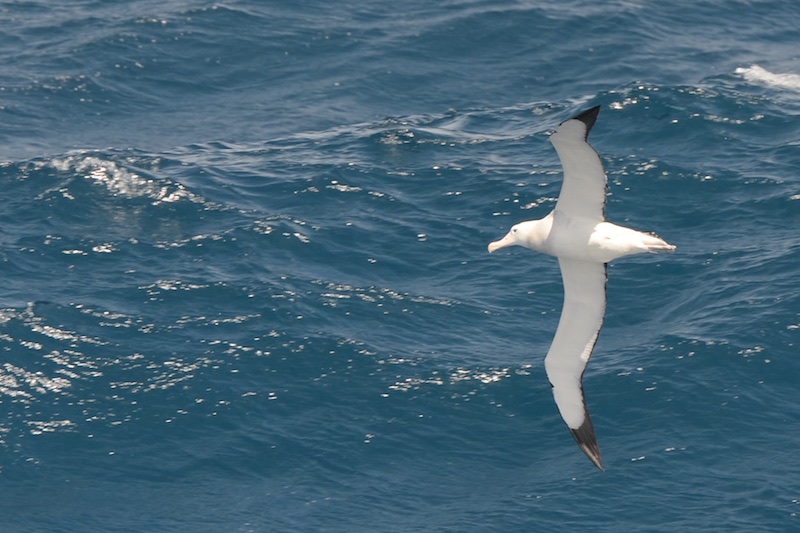
Tuesday, January 17th, 2017 (day 2 at sea)
We woke up to the same waves and swells as the previous day. At approx. 12:20 we crossed the 50 degrees south latitude.
We attended lectures and a photo workshop and spent time with friends.
Wednesday, January 18th, 2017 (day 3 at sea)
Two mandatory events were scheduled on board.
The first was the ‘Mandatory Zodiac Safety and IAATO Briefing’. Zodiacs are the backbone of an expedition like this, so it is always important to know how to behave on one of them, specially for getting on and off them. Some of the zodiac landings can be in quite a bit of water. IAATO (International Association of Antarctica Tour Operators) ensures that visits have no adverse impact on the Antarctic environment, or its scientific and aesthetic values.
The second was the ‘Mandatory Decontamination’ during which everyone had to bring all clothing, backpacks, boots and camera equipment to be used ashore for the cleaning process, and then sign the IAATO Declaration in person.
The seas were amazingly calm today, between 2.5 and 4m; very smooth sailing indeed!


Thursday, January 19th (day 4 at sea)
Sea update: calm with 2.5 – 4m waves. One again really couldn’t complain about that.
Last night we crossed something called the ‘Antarctic Convergence’. This is the region of the Southern Ocean encircling Antarctica, roughly around latitude 55 degrees South (but deviating from this in places) where the cold waters of the Antarctic circumpolar current meet and mingle with warmer waters to the north. This intermixing creates local variations in weather (such as fogs) and also results in a concentration of marine plant life because of its higher than average nutrient concentrations. Increased plant life leads in turn to a greater abundance of animal life. (Info copied from the AAD website in link above).
We spent another day relaxing and attending lectures.

Friday, January 20th (day 5 at sea)
Sea and weather update: 4.5 – 6m waves, nothing too bad. Mostly rain with a few flurries of snow.
So relatively smooth sailing yet again.
As of this day we were not allowed to have poultry anymore, till February 1st, based on the IAATO’s Precautions to Prevent Introductions of Micro-organisms into the Antarctic Treaty area. “Any poultry or parts not consumed shall be removed from the Antarctic Treaty area or disposed of by incineration or equivalent means that eliminates risks to native flora and fauna.” As the ship is not permitted to operate its incinerator while in this protected area nor would have the facilities to store poultry waste, or the ability to separate poultry products within our waste water system, poultry items (excluding eggs) will be suspended till February 1st. So no more roasted chicken for dinner for a while.
And then, around 5pm, we spotted our first ice berg….



